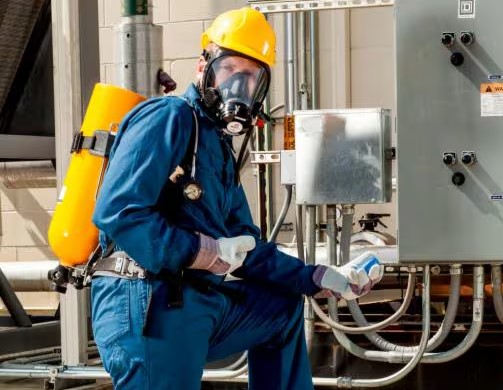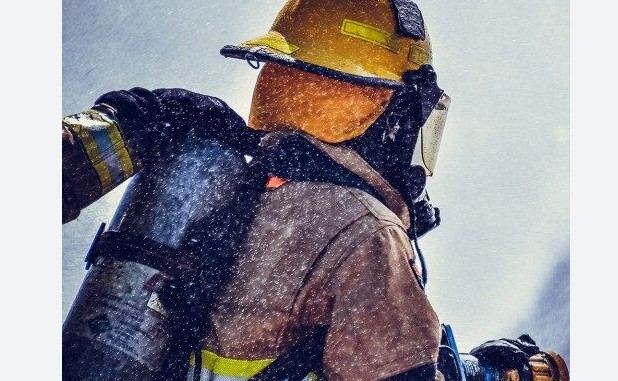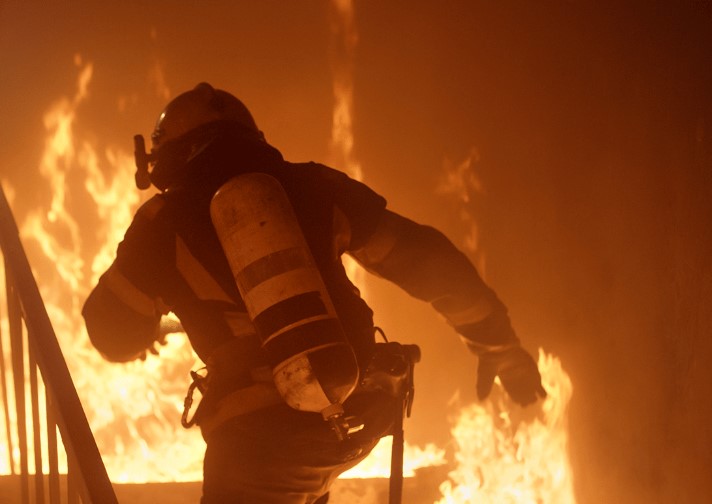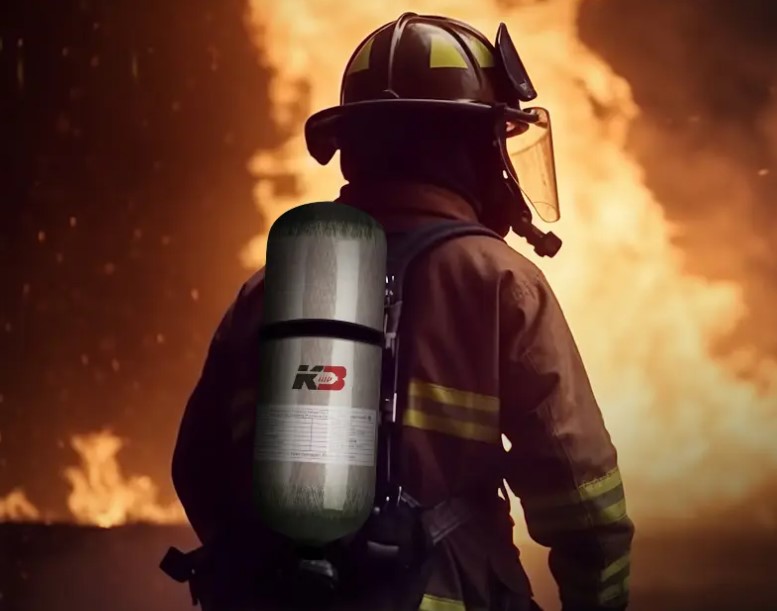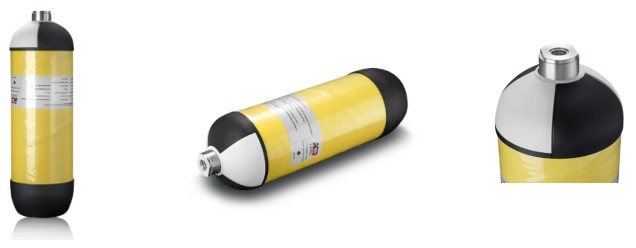Self-contained breathing apparatus (SCBA) is essential for firefighters, rescue workers, and industrial safety teams. At the heart of an SCBA is the high-pressure cylinder that stores breathable air. In recent years, carbon fiber composite cylinders have become the standard choice due to their balance of strength, safety, and reduced weight. This article provides a practical analysis of carbon fiber cylinders, breaking down their structure, performance, and usability across different aspects.
1. Capacity and Working Pressure
Carbon fiber composite cylinders for SCBA are typically designed around a standard capacity of 6.8 liters. This size is widely adopted because it offers a practical balance between duration of air supply and ease of handling. The working pressure is generally 300 bar, allowing enough stored air for around 30 to 45 minutes of breathing time, depending on the user’s workload and respiratory rate.
The ability to store compressed air safely at this high pressure is one of the main reasons carbon fiber composites are used instead of traditional steel. While both materials can withstand such pressures, composites achieve this with significantly less weight.
2. Structural Materials and Design
The main construction of these cylinders uses:
-
Inner Liner: Usually polyethylene terephthalate (PET), which provides airtightness and acts as a base for the outer wrap.
-
Outer Wrap: Carbon fiber layers, sometimes combined with epoxy resin, to provide strength and distribute stress.
-
Protective Sleeves: In many designs, fire-retardant sleeves or polymer coatings are added to resist external wear and heat.
This layered design ensures that the cylinder can hold pressure securely while remaining lightweight and resistant to damage. Compared to traditional steel or aluminum cylinders, which are heavy and prone to corrosion, composite materials offer better durability and handling.
3. Weight and Ergonomics
Weight is a critical factor in SCBA use. Firefighters or rescue workers often carry full gear for extended periods in hazardous environments. A traditional steel cylinder may weigh around 12–15 kilograms, while a carbon fiber composite cylinder of the same capacity can reduce that by several kilograms.
Typical composite cylinders weigh around 3.5–4.0 kilograms for the bare bottle, and approximately 4.5–5.0 kilograms when fitted with protective sleeves and valve assemblies. This reduction in load makes a noticeable difference during operations, helping to reduce fatigue and improve mobility.
4. Durability and Lifespan
Carbon fiber composite cylinders are tested to strict standards such as EN12245 and CE certifications. They are designed for long service life, often up to 15 years depending on the regulatory framework.
One key advantage of composite construction is corrosion resistance. While steel cylinders require regular checks for rust or surface wear, carbon fiber cylinders are much less vulnerable to environmental effects. The main concern becomes surface damage to the protective wrap, which is why regular visual inspections are necessary. Some manufacturers add anti-scratch or flame-resistant sleeves to enhance protection.
5. Safety Features
Safety is always the top priority. Carbon fiber cylinders are designed with multiple layers to manage stress and prevent sudden failure. They undergo burst tests where the cylinder must withstand pressures significantly higher than the working pressure, often around 450–500 bar.
Another built-in safety feature is the valve system. The cylinders typically use M18x1.5 or compatible threads, designed to integrate with SCBA sets securely. Additionally, pressure relief devices can prevent over-pressurization during filling.
6. Usability in the Field
From a practical point of view, the handling and usability of carbon fiber composite cylinders make them especially suitable for fire and rescue. The reduced weight, combined with ergonomic design, allows quicker donning and better balance on the user’s back.
Protective sleeves also help reduce wear from dragging or contact with rough surfaces. In real-world use, this means less maintenance downtime and fewer cylinder replacements. For firefighters moving through rubble, narrow spaces, or extreme heat, these usability improvements translate directly into operational effectiveness.
7. Inspection and Maintenance
Composite cylinders require a different inspection routine than steel cylinders. Instead of focusing on corrosion, attention is placed on detecting fiber damage, delamination, or resin cracking. Visual inspection is usually carried out at every refill, with hydrostatic testing required at defined intervals (commonly every five years).
One limitation to note is that once the structural integrity of the composite wrap is compromised, repair is not possible, and the cylinder must be retired. This makes careful handling important, even though the cylinders are generally robust.
8. Advantages at a Glance
Summarizing the analysis, the main benefits of carbon fiber composite cylinders include:
-
Lightweight: Easier to carry, reducing user fatigue.
-
High Strength: Can safely store air at 300 bar working pressure.
-
Corrosion Resistance: Longer service life compared to steel.
-
Certification Compliance: Meets EN and CE safety standards.
-
Practical Handling: Better ergonomics and user comfort.
These advantages explain why carbon fiber composite cylinders are now the mainstream choice for professional SCBA applications worldwide.
9. Considerations and Limitations
Despite their strengths, carbon fiber cylinders are not without challenges:
-
Cost: They are more expensive to manufacture than steel alternatives.
-
Surface Sensitivity: External impacts can cause damage to fibers, requiring replacement.
-
Inspection Requirements: Specialized checks are necessary to ensure safety.
For buyers and users, balancing these considerations with the operational advantages is key. In high-risk, high-demand environments, the benefits often outweigh the drawbacks.
Conclusion
Carbon fiber composite breathing air cylinders have set the standard for modern SCBA systems. Their lightweight construction, strong performance under high pressure, and improved handling characteristics provide clear advantages over traditional steel designs. While they require careful inspection and come at a higher cost, their contribution to safety, mobility, and endurance in life-saving operations makes them a practical and reliable choice.
As technology advances, improvements in fiber strength, protective coatings, and cost efficiency will likely make these cylinders even more widespread. For now, they remain a critical component in ensuring the effectiveness and safety of front-line responders.
Post time: Aug-26-2025

